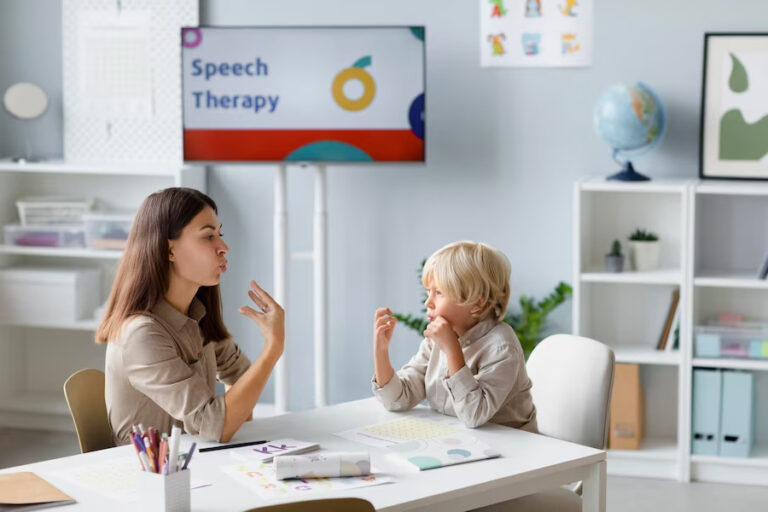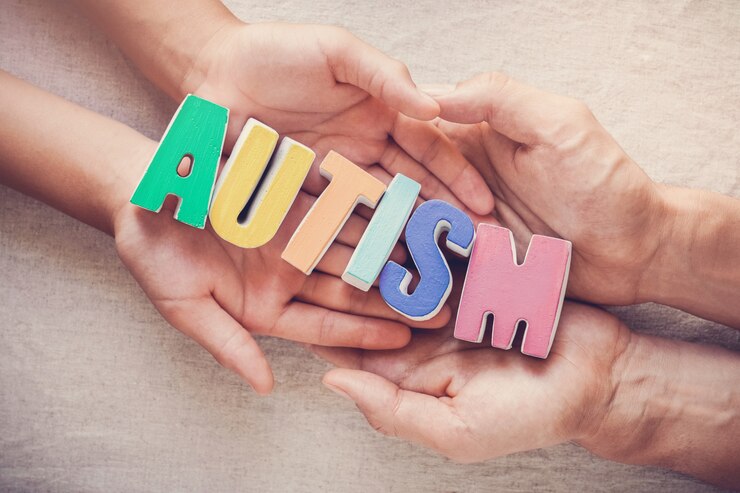Effective Strategies In Autism Therapy
Autism Spectrum Disorder (ASD) is a complex neurodevelopmental condition that affects individuals in various ways, presenting challenges in communication, social interaction, and behavior. While there is no one-size-fits-all approach to therapy for autism, there are several effective strategies that therapists, caregivers, and individuals with autism can employ to promote growth, development, and improved quality of life. In this article, we’ll explore some of these strategies and their impact on autism therapy.
To learn More About bIt Please Click Here
Individualized Treatment Plans
Recognizing that each person with autism is unique, tailored treatment plans are essential. These plans should consider the individual’s strengths, weaknesses, preferences, and specific needs. A thorough assessment conducted by professionals in various fields, including psychology, speech therapy, and occupational therapy, can help identify areas for intervention and establish goals for therapy.
Applied Behavior Analysis (ABA)
ABA is a widely used and evidence-based therapy for autism that focuses on shaping behavior through positive reinforcement. This approach breaks down desired behaviors into manageable steps, providing systematic instruction and reinforcement to promote skill acquisition and reduce challenging behaviors. ABA techniques can be applied in various settings, including home, school, and community environments.
Communication and Social Skills Training
Many individuals with autism experience difficulties in communication and social interaction. Therapy programs targeting these areas aim to improve verbal and nonverbal communication skills, enhance understanding of social cues, and foster meaningful relationships. Techniques such as social stories, role-playing, and peer-mediated interventions can be effective in building social competence and confidence.
Sensory Integration Therapy
Sensory processing difficulties are common among individuals with autism, leading to hypersensitivity or hyposensitivity to sensory stimuli. Sensory integration therapy helps individuals regulate their responses to sensory input, promoting adaptive responses and reducing sensory-related challenges. Activities such as swinging, brushing, and sensory-rich environments are utilized to address sensory needs and improve sensory processing abilities.
Occupational Therapy
Occupational therapists play a crucial role in addressing the functional challenges associated with autism. Through targeted interventions, they help individuals develop skills necessary for daily living, such as self-care, fine motor coordination, and adaptive behavior. Occupational therapy interventions are often tailored to the individual’s interests and needs, incorporating sensory-based activities and environmental modifications to enhance participation and independence.
Parent and Caregiver Training
Empowering parents and caregivers with knowledge and skills is integral to the success of autism therapy. Training programs provide families with strategies for managing behaviors, fostering communication, and creating supportive environments at home. By actively involving parents and caregivers in the therapy process, interventions can be reinforced consistently across different settings, maximizing their effectiveness.
Assistive Technology and Augmentative Communication
Assistive technology tools and augmentative communication devices can significantly enhance the communication abilities of individuals with autism. These technologies range from simple picture exchange systems to sophisticated speech-generating devices, allowing individuals to express themselves effectively and interact with their environment more independently.
Conclusion
Navigating the spectrum of autism requires a multifaceted approach that addresses the diverse needs of individuals across various domains. Effective strategies in autism therapy encompass a range of interventions, from behavior-focused techniques like ABA to holistic approaches such as sensory integration therapy and occupational therapy. By implementing individualized treatment plans, promoting skill development, and providing support to families and caregivers, we can help individuals with autism thrive and reach their full potential.
Also, Follow us on Instagram








